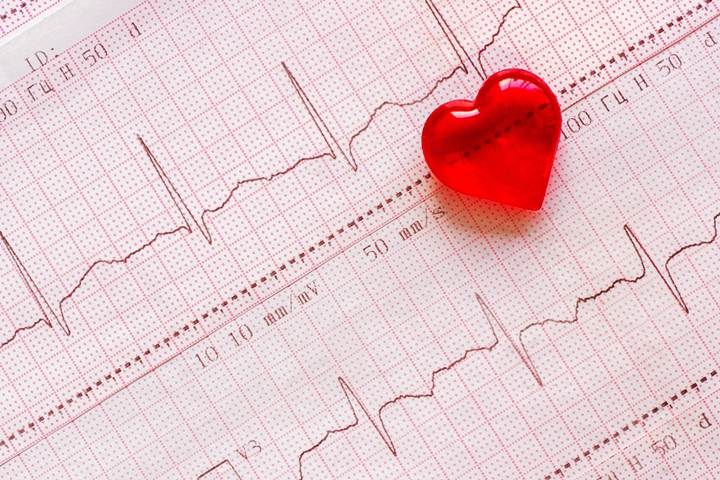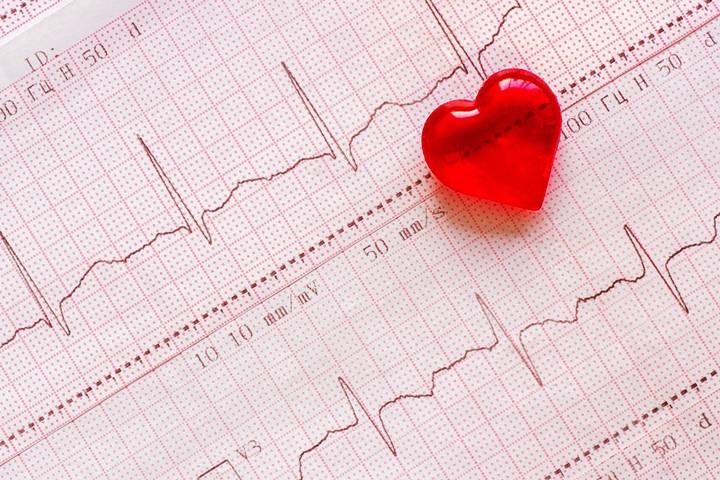
A group of researchers form Rutgers University has made a significant breakthrough using stem cells that could lead to a treatment for a life-threatening heart condition. The discovery could help patients with damaged hearts heal themselves, reducing the need for heart bypass surgery and heart transplants. The research was recently published in the journal Frontiers in Cell and Developmental Biology.
The researchers began by removing some connective tissue from a human heart. This tissue was reverse-engineered into heart stem cells, then re-engineered back into heart muscle cells. This gave the team a great deal of valuable information into the processes involved when stem cells turn into heart muscle cells.
The most exciting part of the process was that researchers found a way to make the newly created heart muscle cells form clumps. These clumps can beat like a fully formed human heart.
According to Senior author Leonard Y. Lee, chair of the Department of Surgery at Rutgers Robert Wood Johnson Medical School – this was only made possible through the use of a protein called CREG. By over-expressing this protein, the cells would be naturally attracted to one another and begin to operate like a heart muscle instead of separate cells.
The important role that this protein plays was discovered when the heart tissue was originally reverse-engineered. It was found in the fibroblasts of the tissue, which is the connective tissue that joins cells.
As Dr. Lee explains, “Heart failure has reached epidemic proportions. Right now, the only option to treat it is surgery, transplant or connecting the patient with a blood-pumping machine. But transplantable hearts are in short supply and mechanical devices limit the patient’s quality of life. So, we are working for ways to help hearts heal themselves.”
The ultimate goal of the research team is to remove small sections of heart tissue from a patient, then use CREG to convert the tissue into healthy cardiac cells that can be transplanted back into the patient. Because the cells have come from the patient, there would be no risk of rejection.
Source: Heart Muscle Cells Created From Stem Cells Beat in Sync
{{cta(‘d62560c2-336a-4f88-9683-44a37a5bd7fd’)}}


